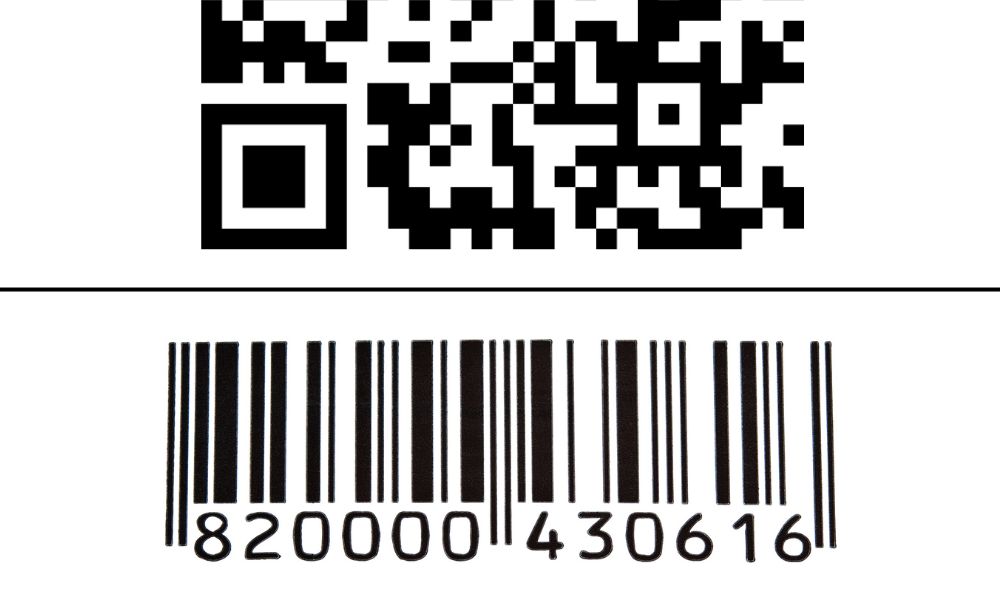With businesses constantly evolving to become more efficient, effective, and customer oriented, barcodes have become integral parts of inventory management and product tracking systems. 1D and 2D barcodes are the most commonly used types. Understanding the differences between 1D and 2D barcodes will help you decide which one will best suit your company’s needs.
Linear Barcodes: The Classic 1D Version
1D barcodes, also known as linear barcodes, are the most common type of barcode utilized in retail and logistics applications. These classic barcodes consist of parallel lines with varying widths. They encode information along just one axis. Key features of 1D barcodes include:
- Utilize Code 128, UPC, EAN, and Code 39 formats
- Encode various data types, such as numeric and alphanumeric
- Ideal for simple inventory management and tracking
The simplicity and efficiency of 1D barcodes make them popular choices among production managers. However, they have their limitations, which is where 2D barcodes step in to expand the scope of possibilities.
Matrix Barcodes: The Advanced 2D Alternative
2D barcodes, also known as matrix barcodes, can encode much more information than their 1D counterparts. These advanced barcodes store data along two axes in a rectangular or square pattern. Salient features of 2D barcodes include:
- Popular formats include QR codes, data matrix, and PDF417
- Capable of encoding text, numeric data, images, and even URLs
- Larger data capacity in a smaller footprint
- Improved error correction, ensuring readability even if damaged
The versatility of 2D barcodes makes them a perfect fit for applications that demand enhanced traceability, detailed information storage, and integration with digital platforms.
1D vs. 2D Barcodes: Key Considerations
Now that we’ve established the fundamental differences between 1D and 2D barcodes, let’s discuss the key factors to consider when selecting the best barcode system for your needs.
- Data requirements: Have limited information storage? Stick to 1D. Need a more robust capacity? Opt for 2D.
- Printing capabilities: Determine if thermal inkjet printers or label printers are ideal for your specific barcode printing needs.
- Scanning hardware: Make sure your current scanners can read the chosen barcode type. Otherwise, you’ll need to invest in new scanners.
- Applicability: Assess industry-specific requirements, such as sector regulations and consumer preferences.
Ultimately, the choice between 1D and 2D barcodes depends on the intended application and your business’s specific data storage requirements. As you explore incorporating barcodes into your operations, consider Tourmaline Enterprises’ thermal inkjet printers to meet your barcode printing needs. Our advanced printing solutions will ensure efficient, accurate barcode production, making inventory management a breeze.

